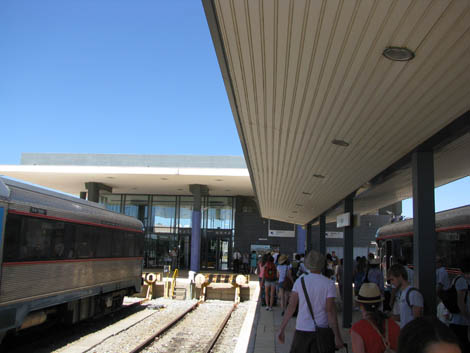 Traveling by train is still an adventure today, not only because of the adversities we are usually subjected to, but essentially because of the landscapes it offers. Although in the Algarve it is no longer possible to travel with the window open, so that, with your hair in the wind, you can better observe the panorama (the carriages are all air-conditioned), the trip is worth it.
Traveling by train is still an adventure today, not only because of the adversities we are usually subjected to, but essentially because of the landscapes it offers. Although in the Algarve it is no longer possible to travel with the window open, so that, with your hair in the wind, you can better observe the panorama (the carriages are all air-conditioned), the trip is worth it.
In this spirit and with the aim of commemorating the 90th anniversary of the inauguration of the railway from Portimão to Lagos, on the 30th of July, we traveled by train to the city of Discoveries. For logistical reasons, part of the group embarked in Tunis and the other in Silves, having opted for the composition whose timetable was closer to that used by the inaugural train in 1922 (11:40 am).
As is customary, we arrived in Tunis very early to buy a ticket and explore the station. It was deserted, but moments later, after the arrival of the Alfa Pendular train, it was filled with passengers.
For 90 years, the direct trip from Lisbon to Lagos took around 10h40, with the boat trip (Lisbon-Barreiro) included. Today, a trip by Alfa Pendular train, coming from Porto-Campanhã, with transfer in Tunis, takes just 7:20 to Lagos.
Every day, four trains connect the Algarve directly to the “capital of the North”, reaching more than 220 km/h in various places along the route.
However, as only the section between Tunis and Faro is electrified, it is not possible for these trains to reach Lagos or Vila Real de Santo António, so all passengers destined for stations as far as Lagos stay in Tunis. For this reason, the quay on Line 2 was filled at a moment's notice. They were essentially Portuguese, but there were also Germans and Spaniards.
Currently, as in the past, information is scarce on the Portuguese railroad, and that is how that human mole remained, completely astonished, looking, in the void, for the train that would take them to their destination.
About 15 minutes after the Alfa's departure, a railcar from Faro bound for Lagos. For those who traveled on the most modern Portuguese train, the differences were evident: from the outset, the first composition is subject to seat marking, it offers excellent comfort; in the second, seats are freely occupied and comfort is relative.
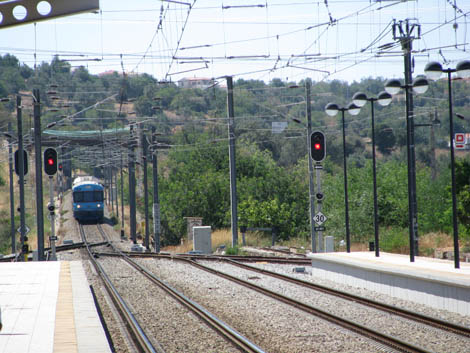 As there were not enough places for so many people, many traveled standing up. As for us, we didn't have the task made easy, not that we were surprised by the comfort, after all we hadn't traveled on the Alfa, but the windows were mirrored, and they were quite dirty. Taking pictures was going to be hard.
As there were not enough places for so many people, many traveled standing up. As for us, we didn't have the task made easy, not that we were surprised by the comfort, after all we hadn't traveled on the Alfa, but the windows were mirrored, and they were quite dirty. Taking pictures was going to be hard.
After the whistle of the railcar, the composition began its march. The village of Tunis, created from the railway fork, was left behind. Shortly thereafter, the train passed by the thermoelectric plant and right after the brand new photovoltaic plant.
The traditional dryland orchard in the Algarve predominates, along with some vineyards, to, after Algoz, give way essentially to citrus fruit.
The first stop was in Algoz, noting, from the railway line, the urban growth that the town has been targeting in recent years. Thousands of bricks produced in ceramics in the area also left this area.
After Alcantarilha-Gare, you can see the fields of the former Morgado da Lameira, not covered with fig trees, as described by Raul Proença in his Guide to Portugal in 1927, but with orange trees, and, further back, the tourist complex Amendoeira Golf Resort, whose golf course extends almost to the edge of the line.
The next stop is Poço Barreto, a small hamlet where, just like in Alcantarilha, there is still an old warehouse for goods, from the time that everything was shipped by rail.
The composition continues its journey and shortly afterwards the rice fields of Vala are evident to the south, with their peculiar greenery and a viaduct on the Via do Infante in the background.
Further on, on the right, you can see Corticeira Amorim expelling its characteristic steam, which reminds us that Silves, hidden back in the Arade valley, was once the country's cork capital, while on the left the Vila golf course Fria (Silves Golf Course) marks the landscape.
The railcar continues at high speed, after all the entire line was recently renewed (between 2009 and April 2011), with the replacement of rails, wooden sleepers for monoblock concrete, and the reinforcement of ballast. A new security system was also implemented and several level crossings were eliminated.
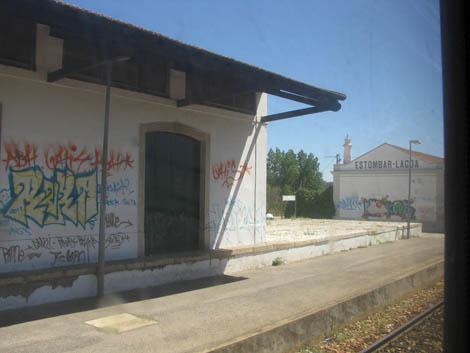 As a negative note of this intervention, it is worth mentioning the closure of most stations, with the exception of Portimão and Lagos.
As a negative note of this intervention, it is worth mentioning the closure of most stations, with the exception of Portimão and Lagos.
Just before reaching Silves-Gare, we saw, right next to the railway, the Lara Laranjas do Algarve juice factory. This unit, unique in the region, has prevented many tons of oranges from being sent to landfills, as happened in the not-too-distant past.
Gare Silvense, located south of the city, was one of the victims of progress: it ended with the modernization of the road and its abandonment is quite evident. However, there are several passengers who take the train here, among them our fellow travelers. The reviewer, who is responsible for collecting the ticket, strives to serve new customers. After Silves, the line turns to the left, and for a few moments you can only see orange orchards, very lush, watched in the background by the Monchique mountains.
After passing through a quarry whose craters mark the landscape, as well as old buildings with level crossings, lost in the middle of the Mediterranean vegetation, you can see Estômbar. The well-kept garden that borders the street that leads to the station contrasts with the degraded and abject state of the station. Right next door, the village gracefully descends the hill, crowned by the parish church.
The train stops at all stations and stops along the route, making it easy for us to take photographs, as well as the glass in the door, which was relatively clean.
Once again in motion, the railcar crossed the old national 125, over a bridge (the so-called Ponte Charuto), and moments later we arrived at Ferragudo-Parchal. Here is the station that served Portimão between 15/02/1903 and 29/07/1922.
The area that it still occupies today, essentially to the east, clearly demonstrates the importance of the past. In that space, now empty, there will have been several lines of guarding. With a new whistle and a new start, we entered the line that was inaugurated precisely 90 years ago.
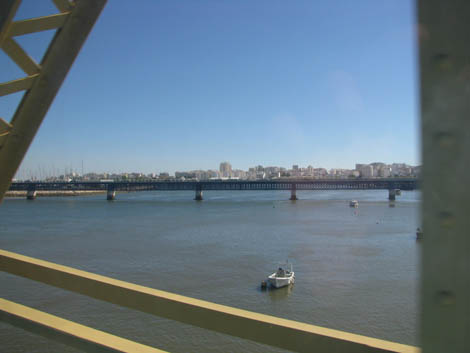 The bridge is preceded by a long curve, already in the middle of the river Arade. The landscape is magnificent, sublime, the azure blue of the sky invades the calm waters of the river.
The bridge is preceded by a long curve, already in the middle of the river Arade. The landscape is magnificent, sublime, the azure blue of the sky invades the calm waters of the river.
To the north, you can see the new road bridges, the Arade estuary in its fullness, but also the ancient Mexilhoeira da Carregação, a river port, through which our forefathers exported ancient regional products.
To the south, the old road bridge, the buildings of cosmopolitan Portimão, among them the tower of the city's Igreja Matriz, and the riverside promenade. Here and there, some chimneys of the old canning factories reminding us of the great fishing center that was Portimão.
After a considerable stop at the city's station, whose railway platform was renovated last January, the train started its journey again, in an essentially urban environment. This predominates almost to Montes de Alvor. Here, and despite the rapid progress of the composition, one can see the accentuated state of degradation that the station suffers, a fate equal to that of Odiáxere.
In the distance, you can see the well-known Hotel Le Méridien Penina, a pioneer among the Algarve's resorts. It is also associated with the construction of the first golf course in Portugal, grouped with a resort.
The line borders an extensive, well-kept agricultural area, like a garden of fruit trees, always under close observation of the Monchique mountains. Harvested fields demonstrate that cereals are still cultivated in the Western Algarve. Occasionally discover almond, fig and carob trees.
The crossing of Ribeira do Farelo and the adjacent marshland reminds you that the heart of the Ria de Alvor is getting closer and closer. But it is after Mexilhoeira Grande, whose station, despite being closed, retains some dignity, that the estuary emerges in all its splendor. The blue sky mixes with the calm waters of the lagoon, beside the sea peeking through the dunes.
In Vale de Lama, a fish farm borders the line. The train, after an inflection inland, is getting closer and closer to the coastline, flanking the dunes occupied by a golf course, while on the right there are numerous tourist villages.
We are in the middle of Lagos Bay, in the background the majestic rocks tinged with gold contrast with the intense blue of the sky and sea. The landscape is superb and graceful.
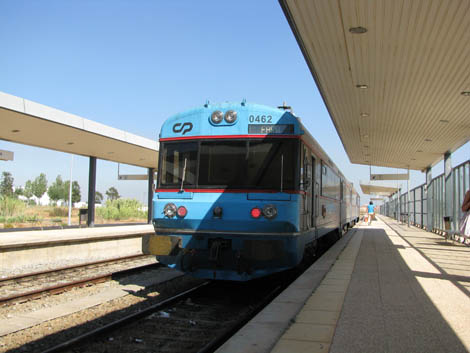 We see the neighborhood of “Indios da Meia Praia”, immortalized by Zeca Afonso, and then the train stops at Meia-Praia. There is no longer a station, nor any traces of the building, the place is just a stop, and here people descend for an afternoon at the beach, which lurks there.
We see the neighborhood of “Indios da Meia Praia”, immortalized by Zeca Afonso, and then the train stops at Meia-Praia. There is no longer a station, nor any traces of the building, the place is just a stop, and here people descend for an afternoon at the beach, which lurks there.
Right there is an old fort, in a deplorable state, forgotten and vandalized, awaiting better luck. This entire area, thanks to the Orla Costeira Development Plan, has raised walkways and well-kept beach support.
We are getting closer and closer to the city and, shortly after Km 347 of the line, we arrive at the new Lagos station, and with it at the end of our trip. A few minutes pass midday.
Ninety years later there are no rockets, no cheers for the Republic, no authorities or ministers. Passengers rush out of the train, flood the pier and disappear beyond the station. Inside, two pamphlets evoke the arrival of the train in 1922. Beyond that, there is the old station, which for decades marked the landscape of Lagos, in a happy and harmonious communion, until the construction of the marina.
Voided for abandonment since August 2006, there it finds itself dying, awaiting another real estate project, which will take a long time to start, if it will ever materialize.
Very close and with the same destination is the only railway museum section in the Algarve, in the old coach house, a unique building in the country. All this in a tourist city, where this activity is the engine of the local and regional economy.
There are no longer canning factories in Lagos, nor are dried fruits or cereals exported, there are tourists, like the Spaniards, our fellow travelers, who come to Lagos to enjoy their holidays.
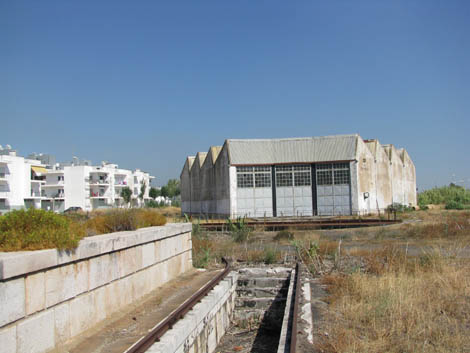 We scheduled our return at 14:01 pm, however, a small delay extends our trip to 17:01 pm, as there are no trains at that time. In view of the embarrassment and for unavoidable reasons, part of the group continued their journey by bus.
We scheduled our return at 14:01 pm, however, a small delay extends our trip to 17:01 pm, as there are no trains at that time. In view of the embarrassment and for unavoidable reasons, part of the group continued their journey by bus.
We returned to the city, and at 17:01 pm, after cleaning the glass in the door, we left in a car identical to the one in the morning. The following stops are useful for passengers. In Portimão, a girl from a group of 10 teenagers, before leaving the composition, suggests: “Thank you very much for this trip! So how can they have money?”. The whole group traveled for free, the reviewer didn't get there...
Amid the hiss of the railcar and with the same stops, the same landscapes but with different aspects and colors, due to the change in the luminosity of the sun, we arrived in Tunis around 18:00.
The tourism line, as predicted by the newspaper “O Século” in 1922, serves today, 90 years later, hundreds of tourists, who, from the most remote points of the country and the world, seek the Algarve and Lagos to enjoy their holidays.
Tourists treated with contempt by the railroad, sparse in information, with dubious comfort, abandoned and vandalized stations, outdated schedules, even a despised museum exists, in just over 45 kilometers of line between Tunis and Lagos.
Despite all this, the landscape is sublime and unique, and after all, traveling by train is always an adventure and, ultimately, there is always an alternative means of transport waiting for us.
Author (from text and photos): Aurélio Nuno Cabrita is an environmental engineer and researcher of local and regional history
Read more about this topic:
The train arrived in Lagos 90 years ago: the difficulties of building the branch
The train arrived in Lagos 90 years ago today (with photos)
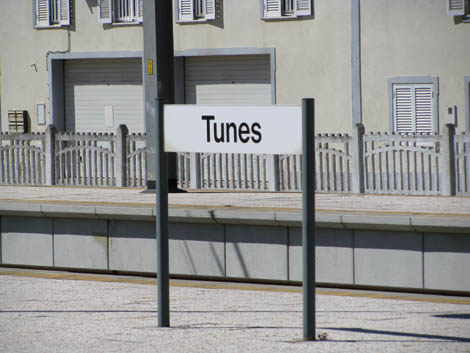
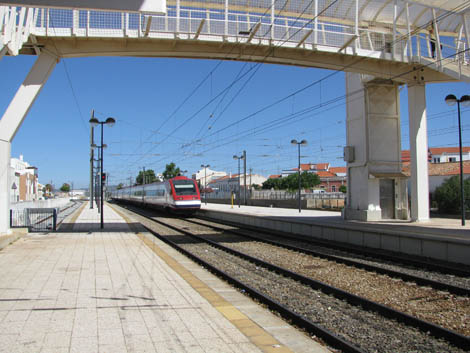
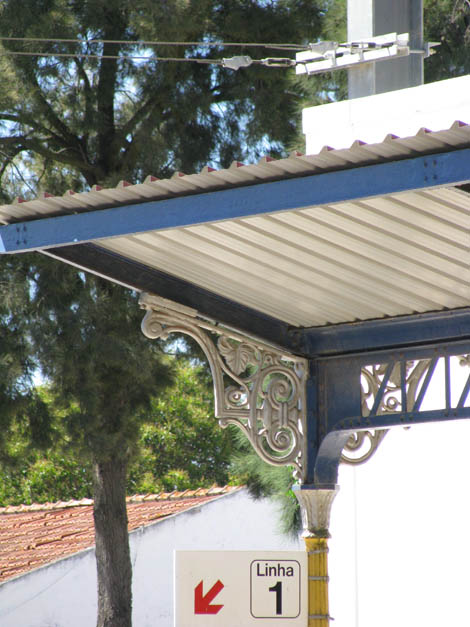
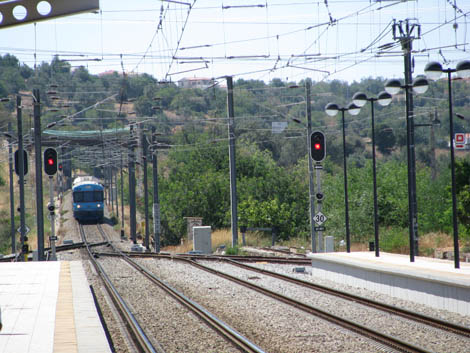
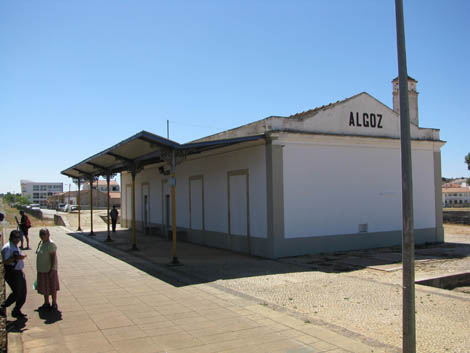
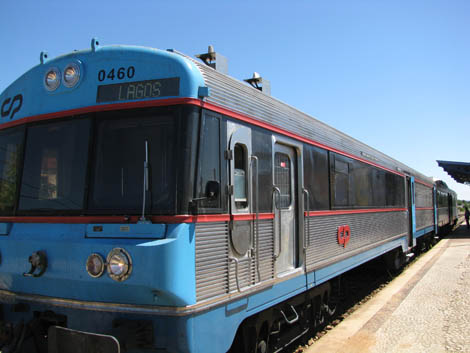
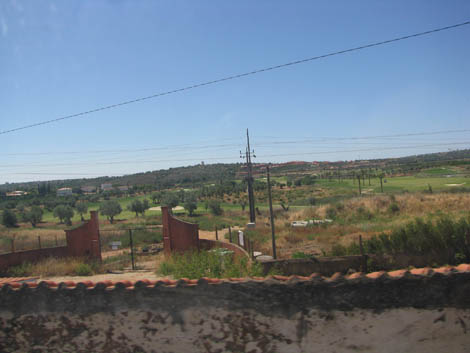
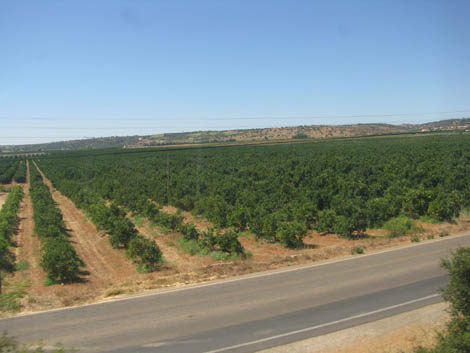
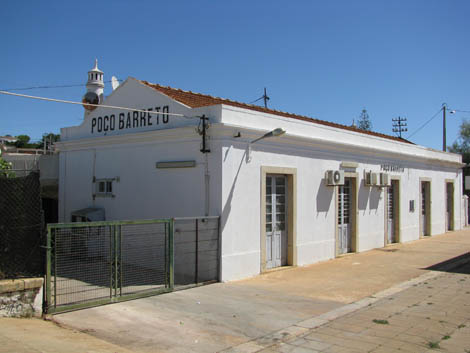
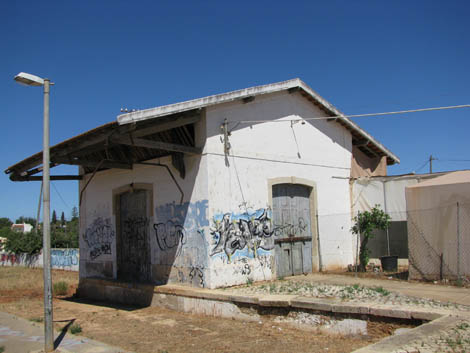
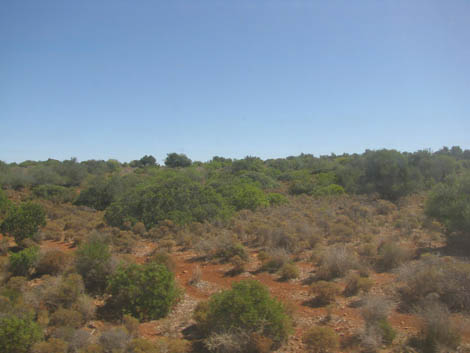
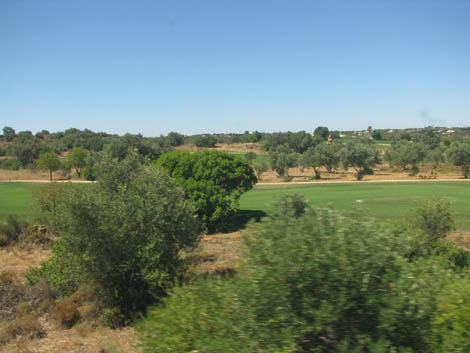
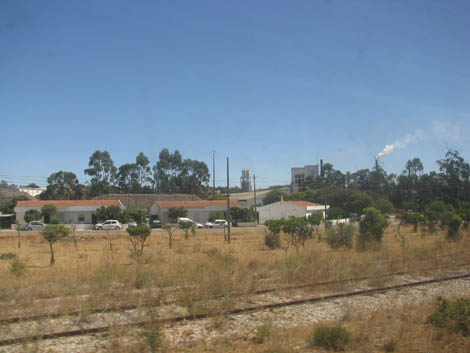
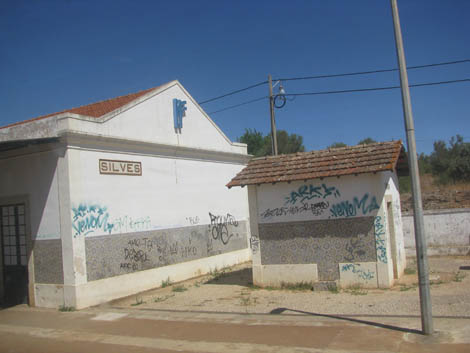
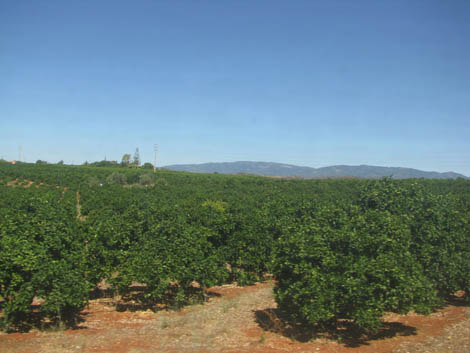
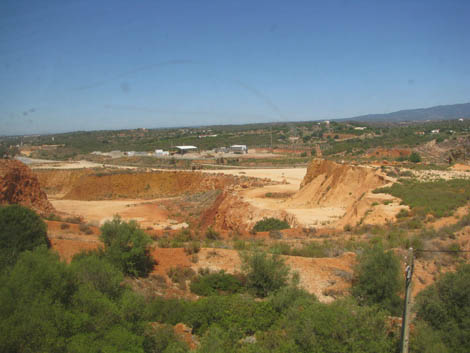
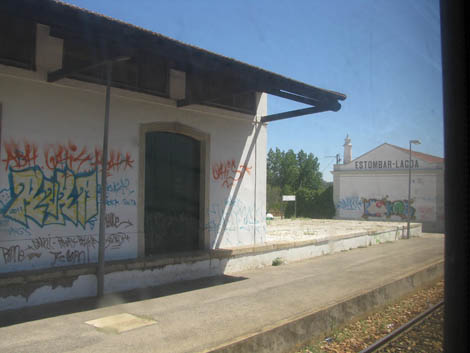
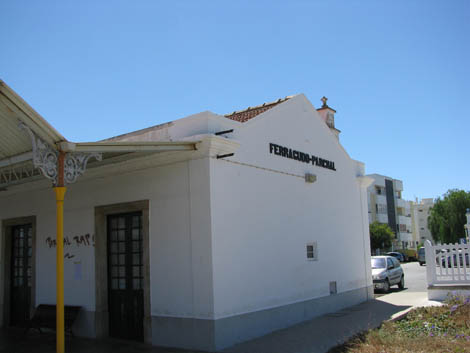
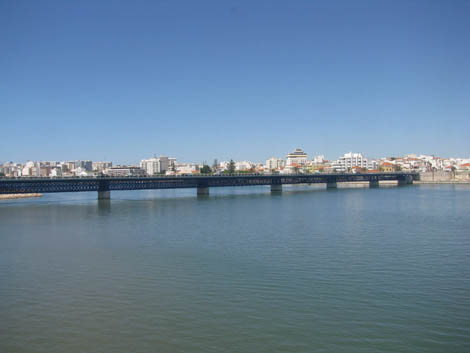
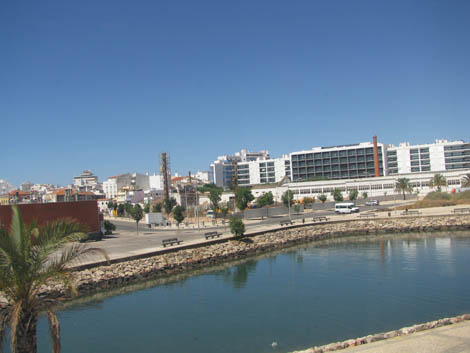
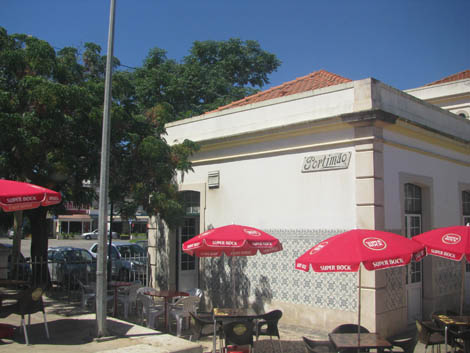
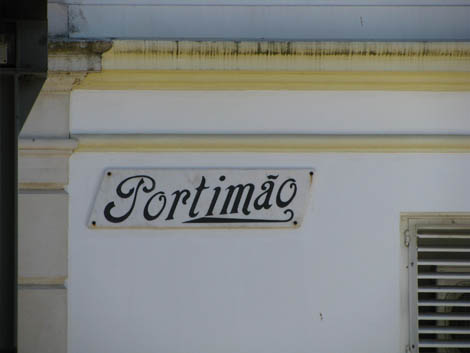
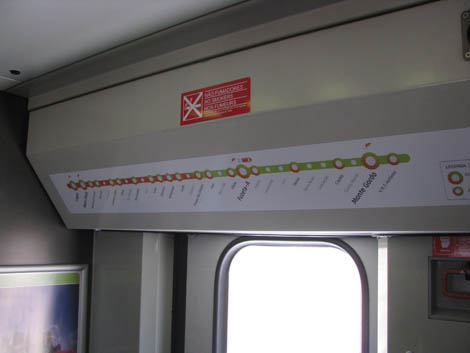
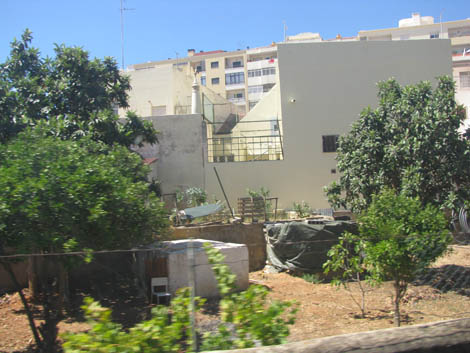
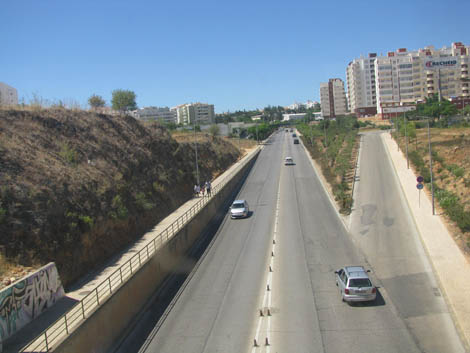
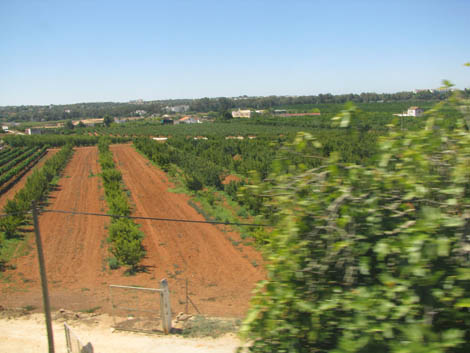
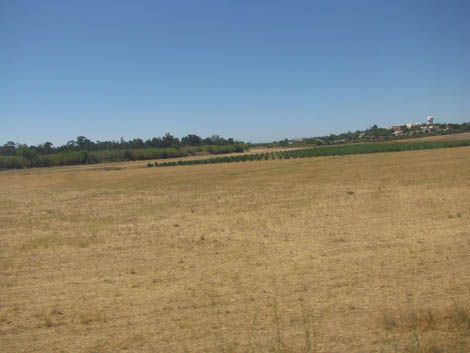
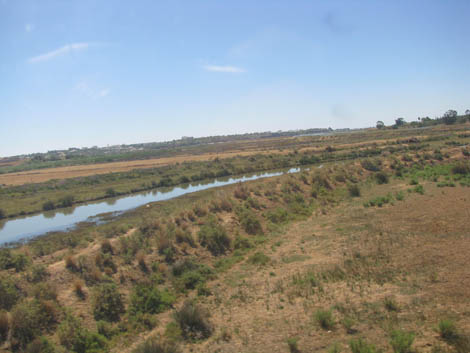
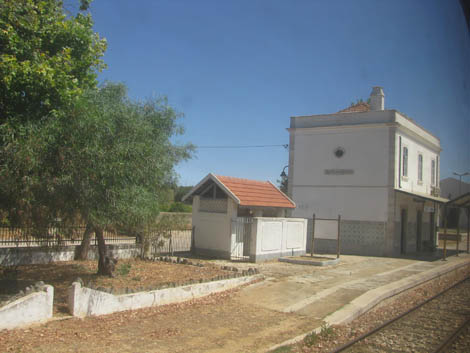
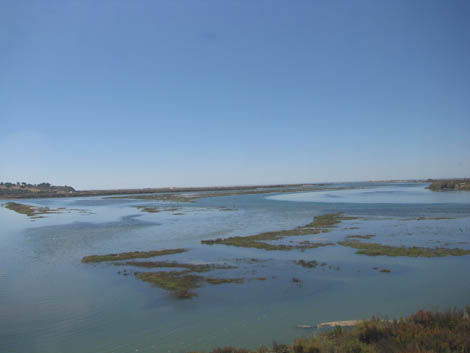
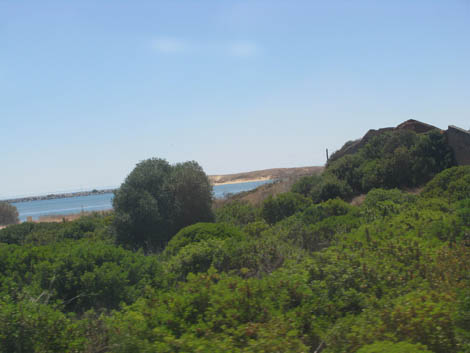
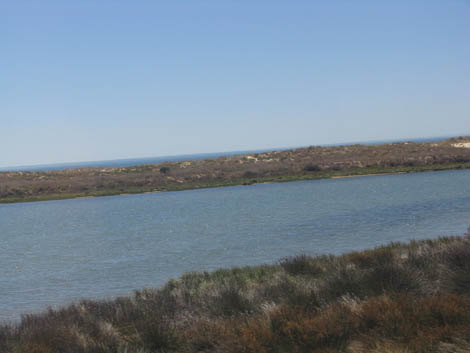
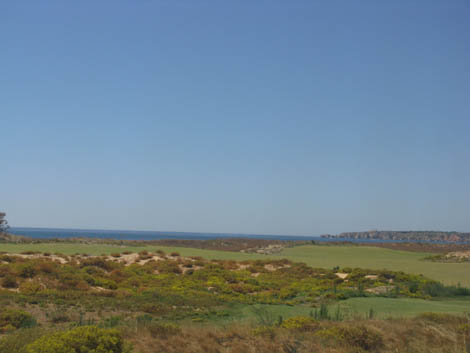
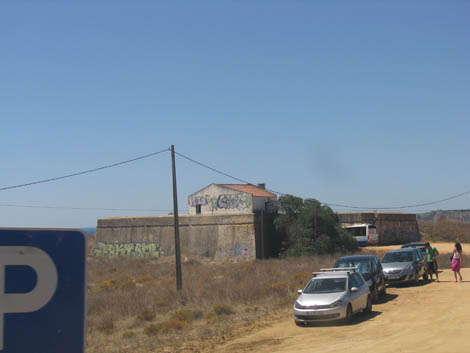
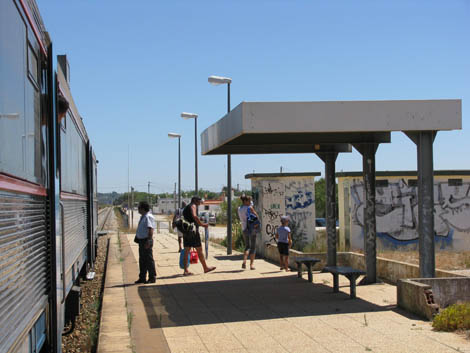
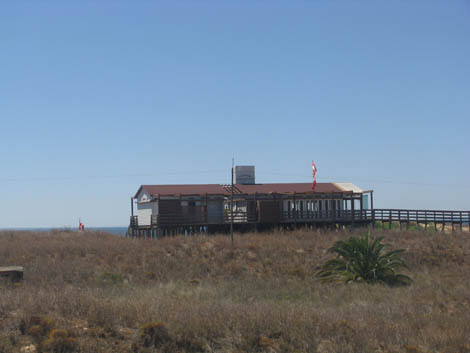
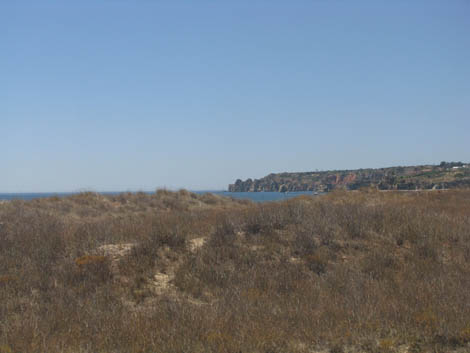
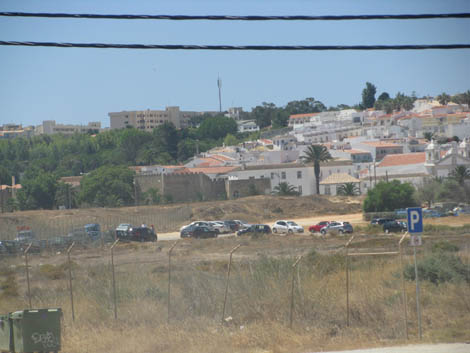
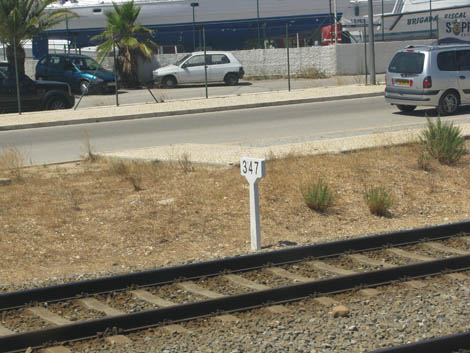
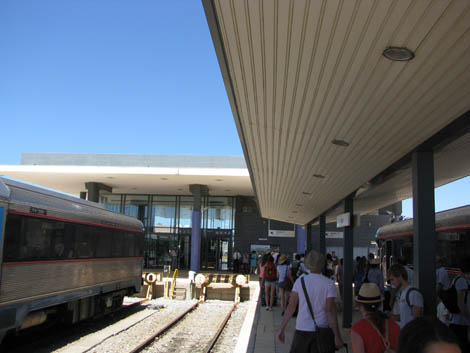
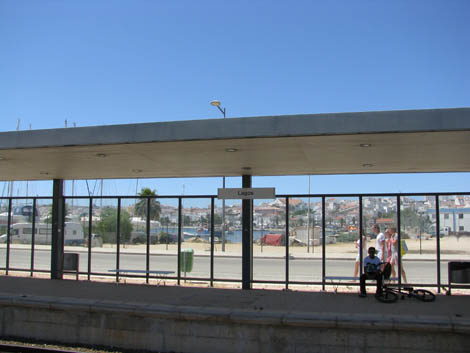
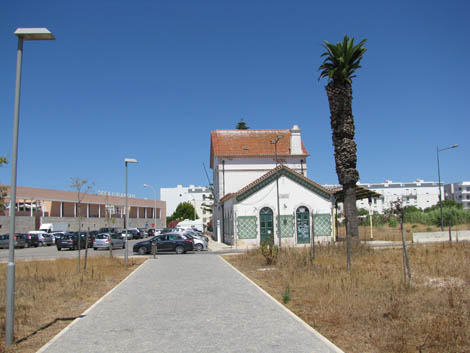
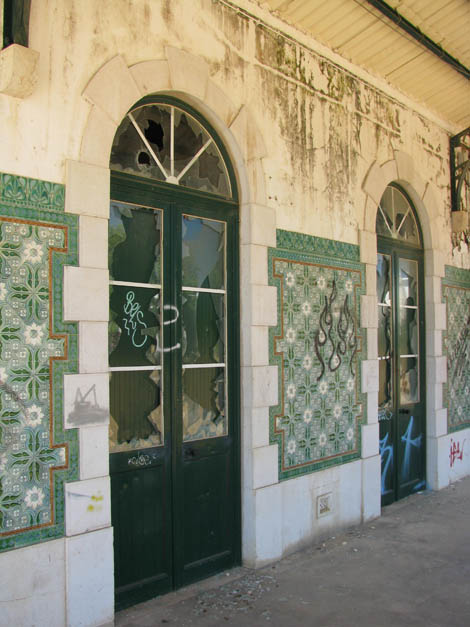
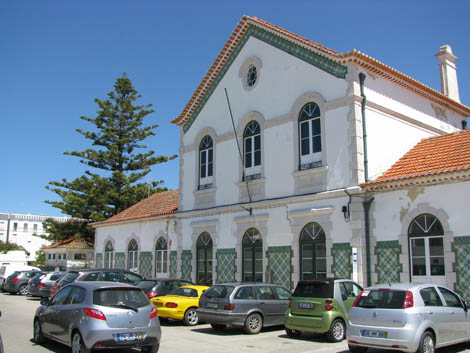
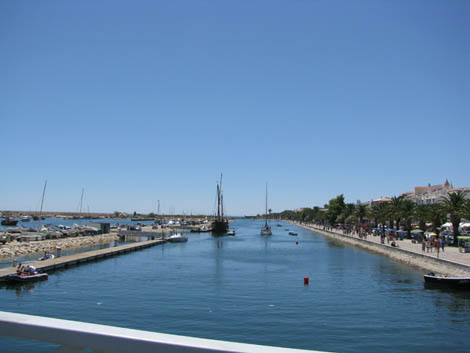
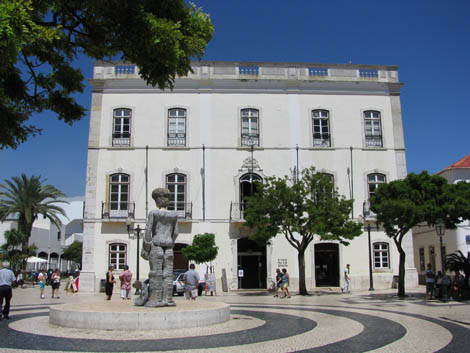
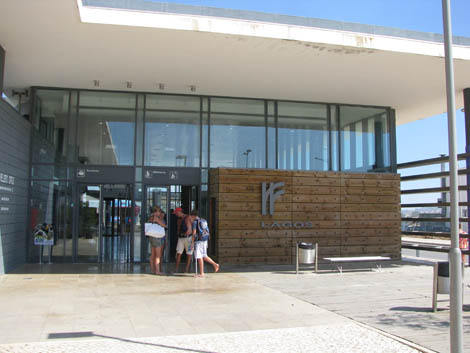
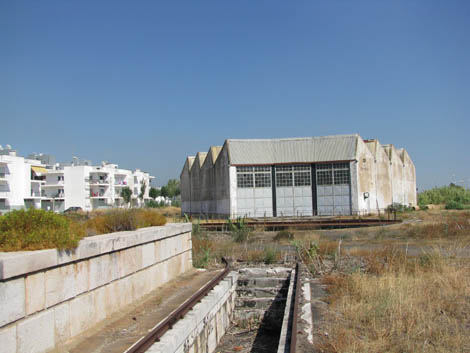
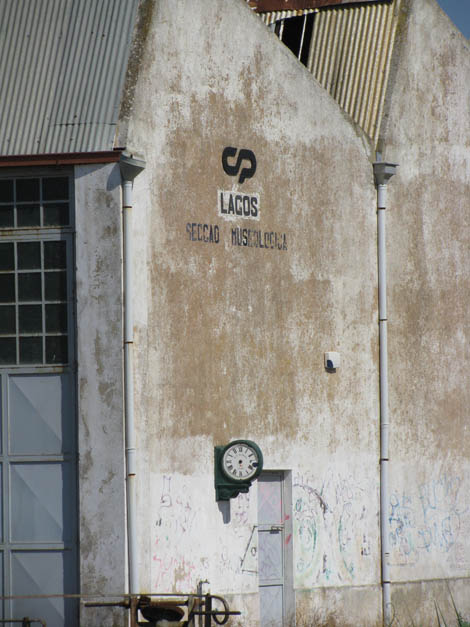
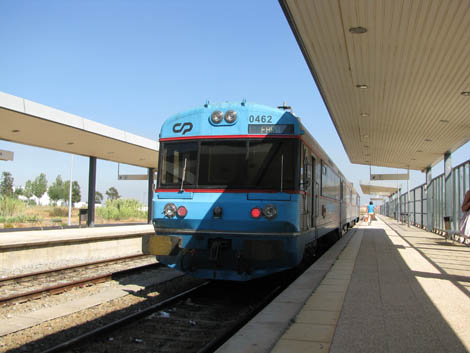
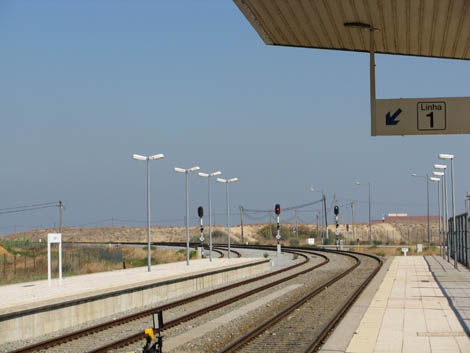
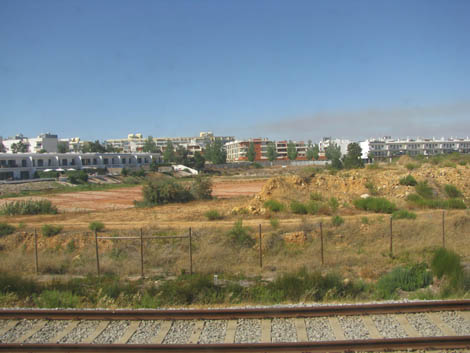
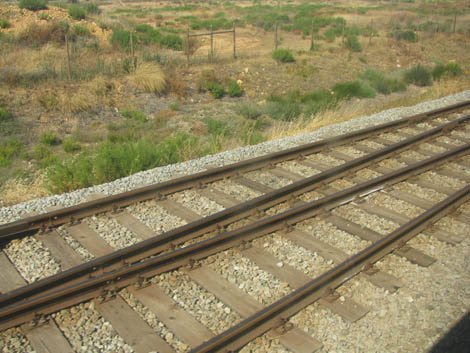
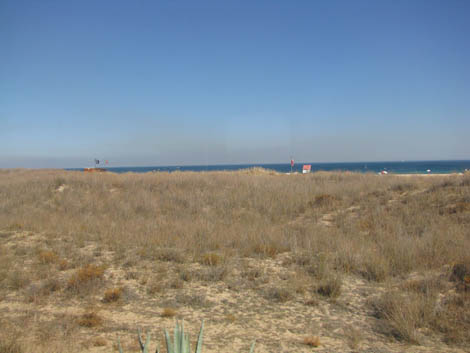

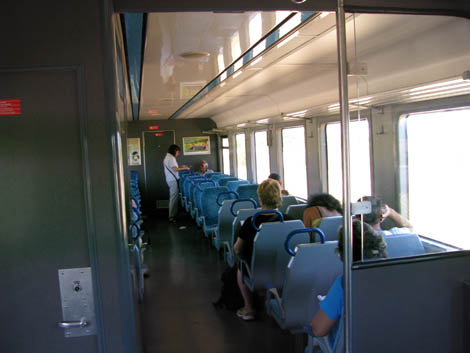
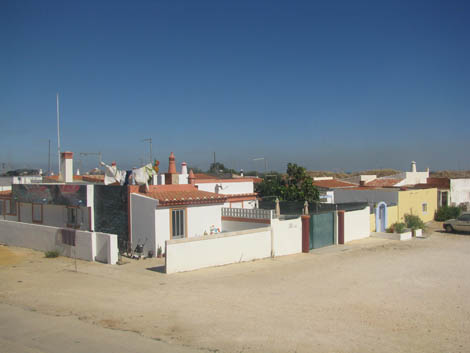
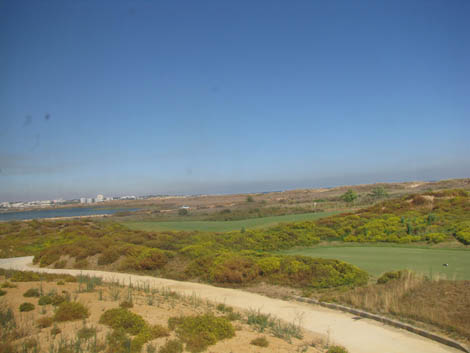
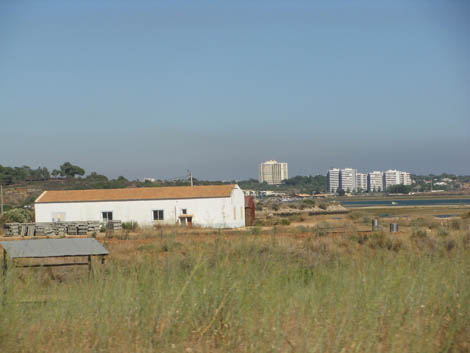
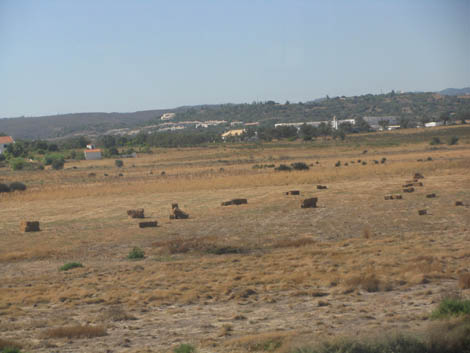
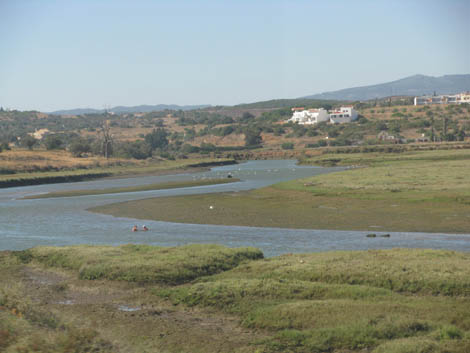
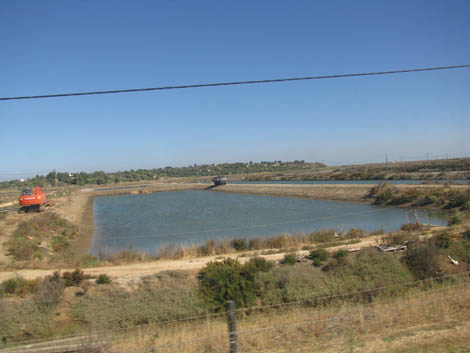
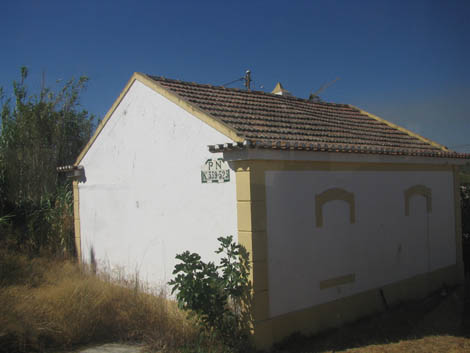
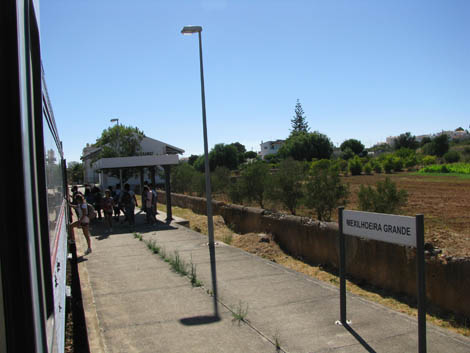
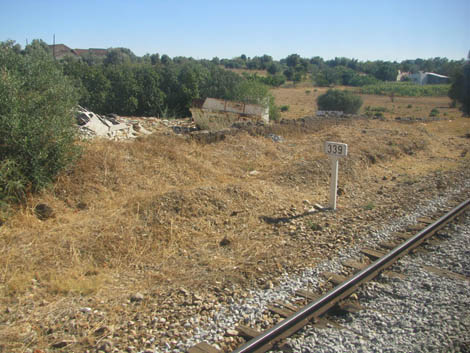
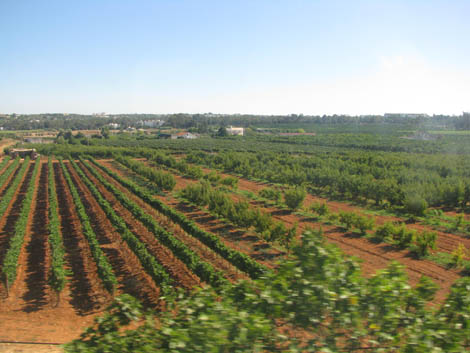
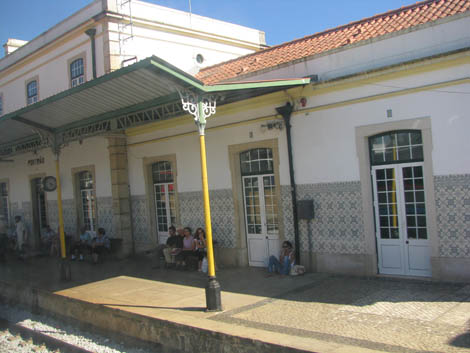
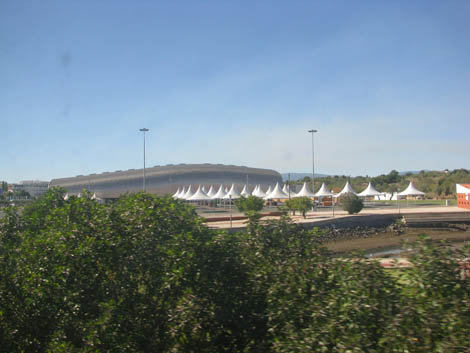
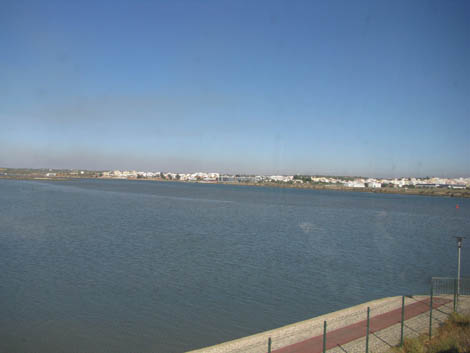
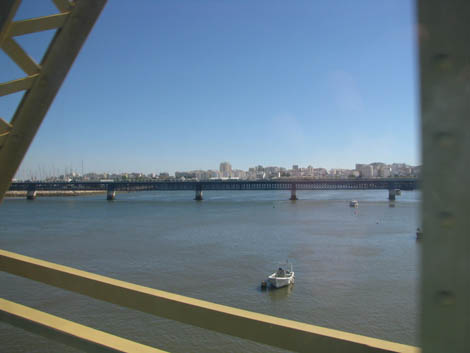
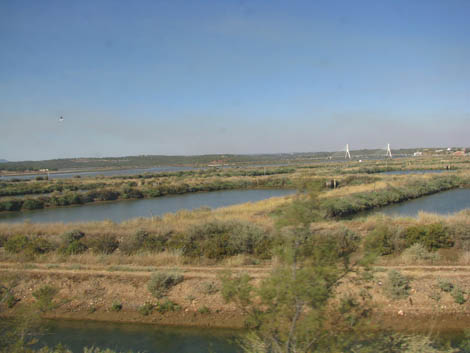
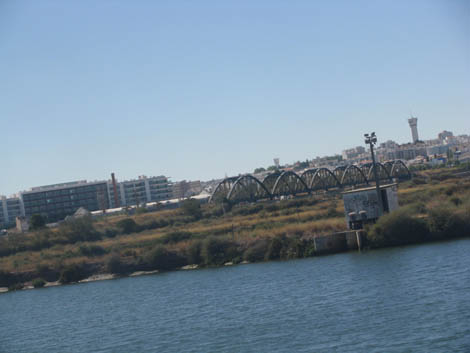
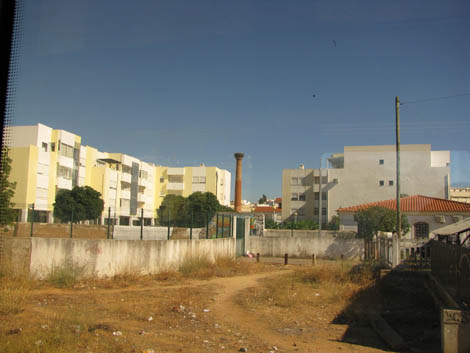
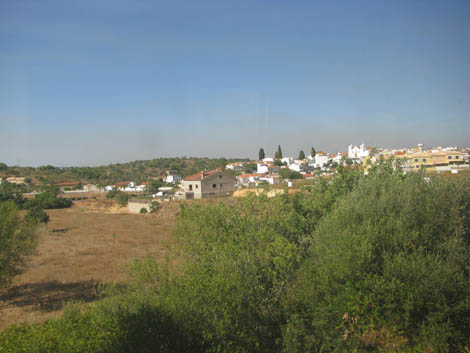
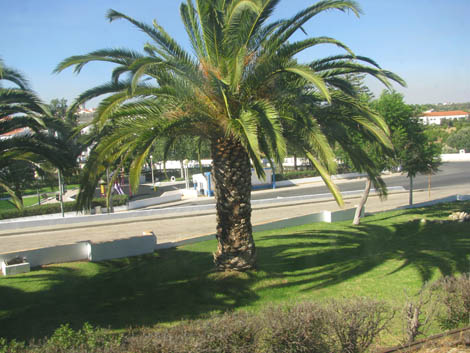
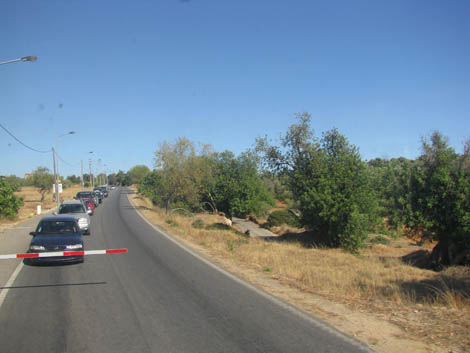
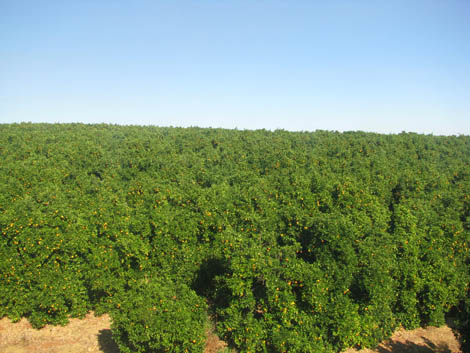
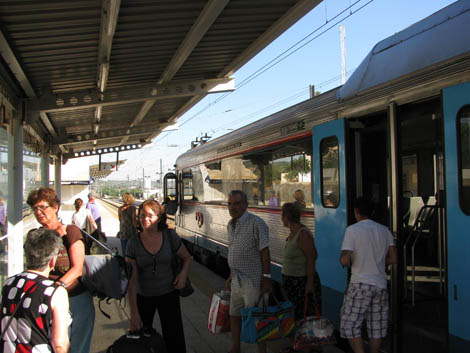
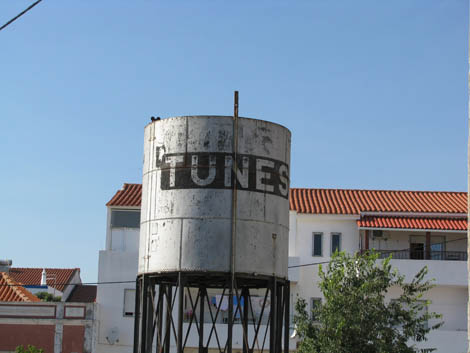


















Comments